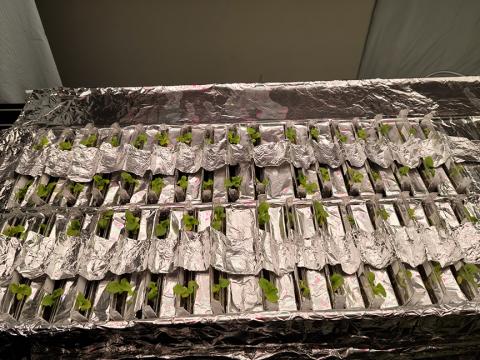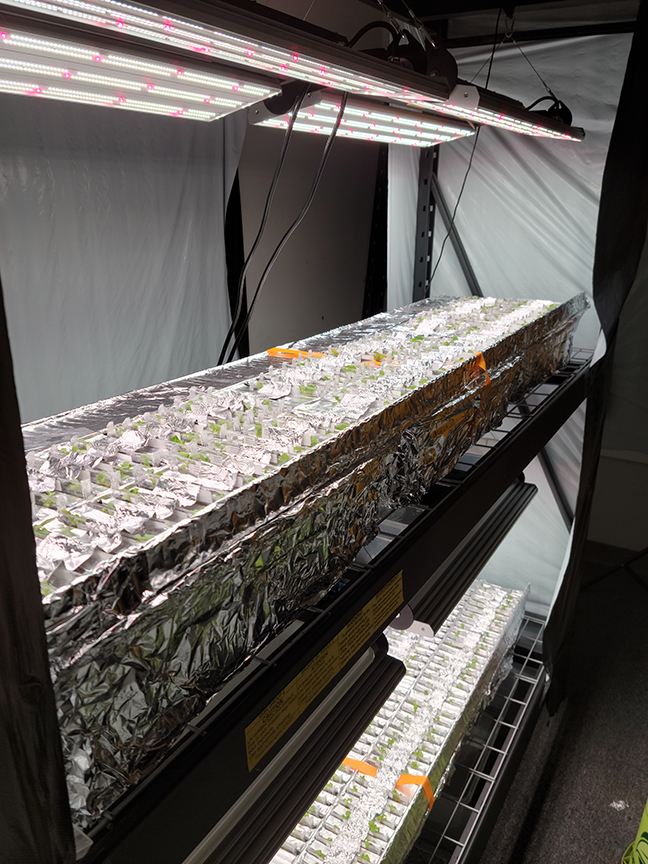
Salt stress is a significant abiotic stresses that affect crop production in arid and semiarid areas. Seed germination and seedling growth are the stages most sensitive to salt stress. Salt stress causes adverse physiological and biochemical changes in germinating seeds. It can affect the seed germination and stand establishment through osmotic stress, ion-specific effects, and oxidative stress.
To enhance seed germination, several treatments were examined, and performance enhancements with beneficial value-added techniques were used on seeds after harvest but prior to sowing. The purpose of these treatments were to shorten the emergence period and to protect the seeds from biotic and abiotic factors during the critical phase of seedling establishment, to synchronize emergence, which led to uniform stand and improved yield. These priming treatments, which enhanced seed germination, include hydropriming, (KNO3) osmopriming, and hormonal priming (Afzal et al., 2006). The beneficial effects of priming have been demonstrated in many crops like wheat, chickpea, sunflower, and cotton.
The present study aimed to compare different priming techniques (hydro-, KNO3-, CaCl2-) to overcome the adverse effects of sodium chloride (NaCl) stress in lettuce plants. Lettuce plants were grown under LED Grow Lights for 14 days. At day 15, plant were harvested for morphological and physiological data.
Burpee bibb Lettuce (salt-sensitive) seeds were subjected to seed priming with four priming methods:
Distilled water (Hydro-primed;3 hours )
0.5% Potassium Nitrate (KNO3; 3 hours)
3 mM Gibberellic Acid (GA3; 15 hours)
Remaining seeds were unsoaked (untreated) and used as non-primed control.
After priming, seeds were rinsed 2-3 times with distilled water and dried at room temperature for two days to regain original moisture content.
Parameters measured:
Germination, per 25 seeds
Fresh Mass (FM) and Dry mass (DM) of cotyledon, hypocotyl and radicle;
Length of hypocotyl and radicle;
Electrolyte leakage

